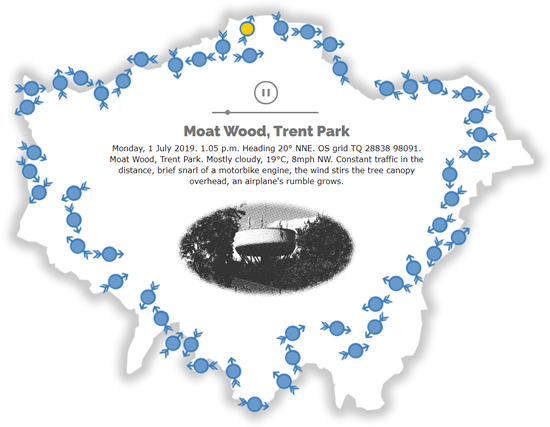
In this slope, the filter won’t either reject nor let all the frequencies totally through. Therefore, the cut of the filter ends up making a curve, gradually decreasing the entry of high frequencies. However, due to technical reasons, it is impossible to manufacture an anti-aliasing filter with a sudden attack shortly after the human hearing range. To avoid the distortion caused by these high frequencies, sound cards usually come with an anti-aliasing filter in the signal input, before it’s converted to digital. The Aliasing Effect changes the sound and can make a completely different sound out of the rebuilt signal from the samples. This is called the “Aliasing Effect”, or “Foldover”. However, besides the definition of a maximum frequency, the chosen sample rate has a collateral effect: all the frequencies beyond the stablished limit are not distinguished or are wrongly understood as lower frequencies. With that, if no human can hear anything higher than 20 kHz, why bother having a sample rate above 40 kHz? Actually, why is the minimum standard 44.1 kHz instead of 40 kHz? Aliasing EffectĪccording to Nyquist’s Theorem, if the sample rates are 44.1 kHz or 48 kHz, the highest frequencies captured in a digital record will be, respectively, 22.05 kHz and 24 kHz. As the highest sound a human can hear has a frequency of 20 kHz, the minimum sample rate must be 40 kHz to be possible to digitalize this frequency. Nyquist’s TheoremĪccording to Nyquist’s Theorem, for an accurate digital representation of a sound wave, the sample rate must be, at least, two times bigger than the highest frequency going to be recorded. Visual representation of the difference between a digital sound wave and an analog one, both affected by a sample rate. So, pay attention to the graph below – it represents, vertically, the intensity or volume of the sound, while horizontally, the propagation of the sound wave into space. You might have seen the graphic representation of sound as a wave. It means that the lowest sound a human can hear has a 20Hz frequency, whilst the highest has around 20,000Hz (20kHz). The faster the frequency, the higher the pitch. In physics, the unit of measurement used for frequency is Hertz (Hz) therefore, the frequency of the sounds is measured in Hertz. These vibrations occur in cycles, and the number of cycles per second is called frequency. As you speak, the vibrations of your vocal chords produce waves that travel through air. Sounds are vibrations that propagate in physical environments, for example, air. What is sample rate? First of all: what is a “sample”?Ī sample is a small part of something in this case, of an audio signal. Otherwise, whether it is music or video, work with 48 kHz rate Magroove’s suggestion: only work with 44.1 kHz if you already receive it like this.
#Audio overload sony vegas software
Notice if you have suitable devices or software for the sample rate future conversion.So, if you choose any other rate, your music, at some point, will be converted into one of these rates For example, CDs and online music platforms use the rate of 44.1 kHz, whilst videos use 48 kHz. The media destined to play your music.Summing up, to choose a sample rate, you must consider: I just want to know which sample rate to use! However, not always the highest number means the best option. The higher the number, the more samples of the analog signal are collected per second.

In digital recording systems, sample rate defines how many times the analog signal sent by a microphone or instrument is sampled per second. You, at your home recording studio, probably have seen this term.


 0 kommentar(er)
0 kommentar(er)
